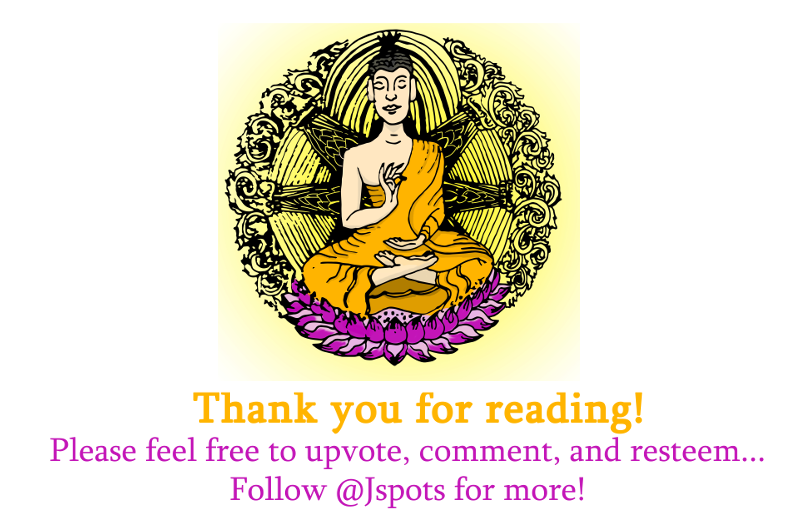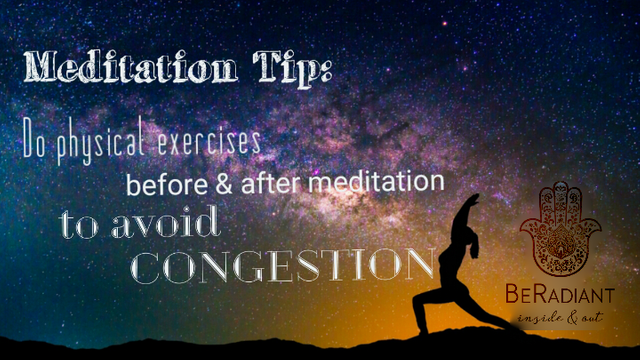Tai Chi is an ancient tradition that was developed over centuries by many masters of the art. It was first a warrior’s practice to set foundations of efficient mind and movement for further martial arts, but Tai Chi developed into much more.
The diverse families of Tai Chi families are Taolu- the use hands and weapons, Qigong- breathing and awareness, sanshou- self-defence, and Tuishou- literally “pushing hands.” This series on Tai Chi will focus on Qigong Tai Chi, the meditative branch which promotes aspects of power, self-mastery, self-awareness, balance, healing, and focus. Qigong Tai Chi’s powers can be directed towards many beneficial purposes: confronting inner-demons, building strength, building willpower, finding peace, recovering physically and mentally, and achieving virility of body and mind.
The words Tai Chi literally mean “supreme ultimate fist,” however much of the meaning is lost. The opposite of Tai Chi is “Wu Chi,” which describes an ultimate absence, literally “no polarity.” Tai Chi, then, also contains the meaning of coming to being through negative and positive polarity, or Yin and Yang. Tai Chi is the movement between the poles Yin and Yang, a process simply known as “Chi,” or, “energy.” As the words Tai Chi describe an act of movement, literally saying more than “Tai Chi” to describe the art is a departure from it’s central meaning. The meaning is the energy of movement itself. To be practicing Tai Chi is to be aware of moving your body and chi, and so the most accurate verbal description of Tai Chi is to state the name of the practice itself, Tai Chi, which describes the act of consciously moving energy. “Supreme ultimate fist” is only a metaphor for the energy behind Tai Chi. Exactly like the practice, which seems passive and inanimate when observed, there is an intensity of meaning and energy below the surface.
Because the practice is counter-intuitive, involves a subjective internal experience, and was developed in cultures that use subjective language, the use of metaphor is prevalent in describing and teaching Tai Chi. A feather is a common metaphor for the pressure of Tai Chi movements. The feather is a perfect metaphor to contemplate during Tai Chi: in practice one fills the lungs with air, has a thought to move the arms, and then moves the arm with strength from the breath. The pressure between the breath and movement should only be strong enough to move a feather, which is in fact a sufficient amount of pressure to move your arm with a thought or intention. To practice Tai Chi is to practice translating the breath and intention into movement, which is best done with the pressure needed to move a feather.
There is a stigma of Tai Chi being very whimsical, esoteric, or only for the elderly, but anyone who makes these claims has never practiced themselves. Tai Chi was first developed for warriors, and its relation to the elderly is only residual. This keenly developed martial art has a surprisingly strong following. Daily practitioners include legendary rockers Lou Reed, who practiced daily for decades, and Iggy Pop, who once claimed, “To feel good when I was 21, all I had to do was to smoke a joint. Now I have to turn off my phones and do tai chi for an hour.”
Lou Reed also began to bring his friend and Tai Chi master with him to concerts and appearances to expose the art of Tai Chi to a greater audience. Here is Lou speaking on his Tai Chi practice:
This post was just an overview. Next we will explore some basic stances to start with Tai Chi.

One things I think people often forget with Tai Chi is that it is a martial art, not just a relaxing way of moving. The movements are very beneficial in cleansing and energizing the energy system. Good Read!
Doing Tai Chi before or after mediation would be an excellent way to avoid energy congestion.
Downvoting a post can decrease pending rewards and make it less visible. Common reasons:
Submit
Awesome! Tai chi and awareness love it! I want to make time for this...I have taken a few classes a long time ago.
Downvoting a post can decrease pending rewards and make it less visible. Common reasons:
Submit